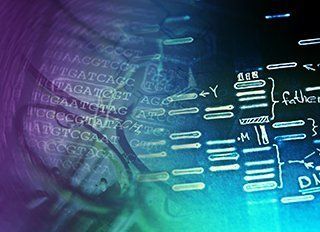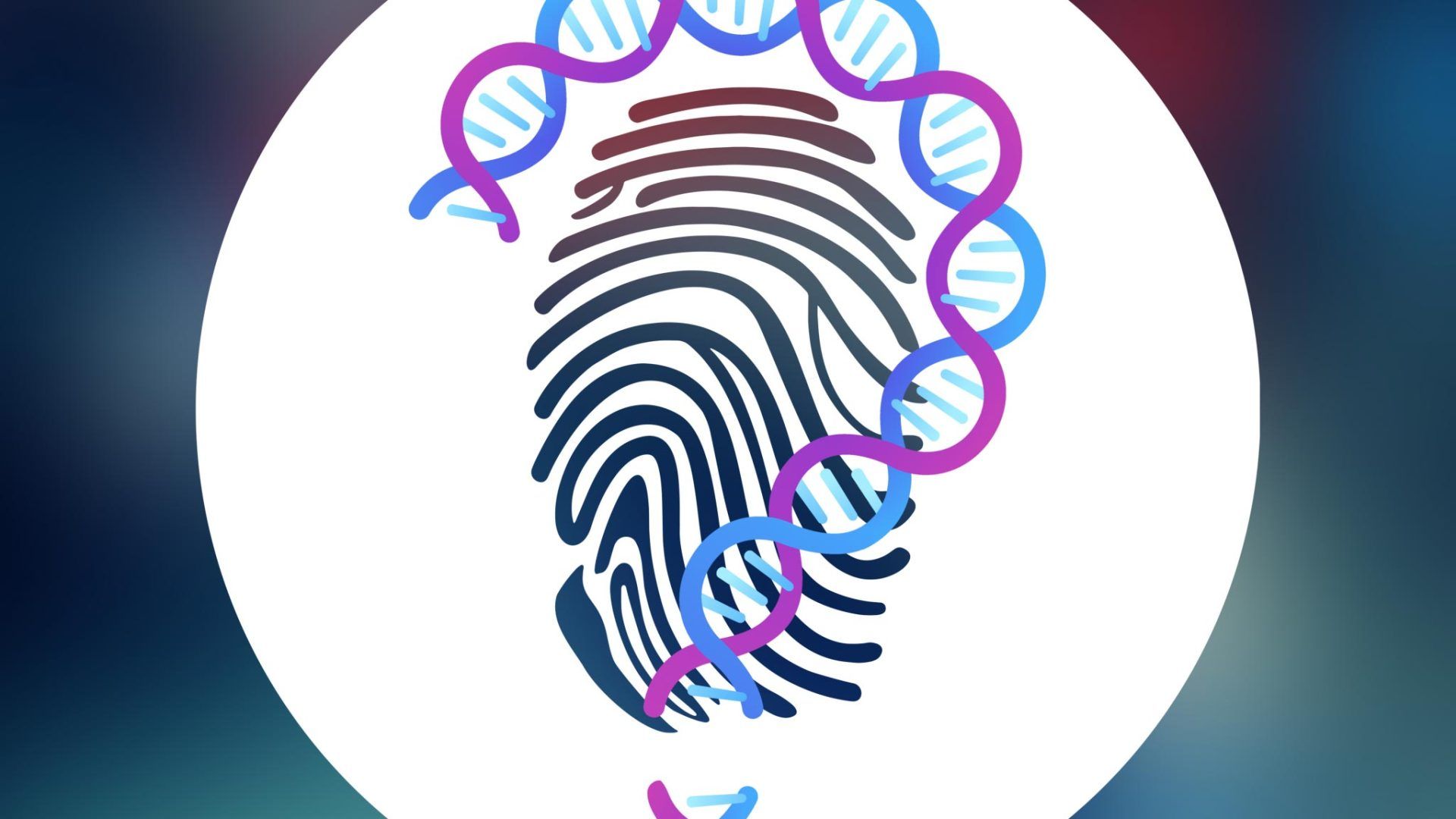Secondary DNA Transfers Questioned in Cold Case Murder Trial
SOURCE
ForensicMag

A New Jersey man charged in two 1989 murders is challenging the DNA allegedly linking him to the two Philadelphia crime scenes.
Part of his argument relies on some unknowns concerning the secondary transfer of trace amounts of genetic material.
Rudolph Churchill, now 54, is charged in the strangling deaths of 19-year-old Ruby Ellis in March 1989, and 33-year-old Cheryl Hanible, found the next month. Both women were drug addicts working as prostitutes in the northern part of the city, according to The Philadelphia Inquirer
.Ellis was discovered in an abandoned car in a lot in North Philadelphia, near a bloody paper towel. Hanible’s decomposed body was found in a burned-out bar, strangled with a shoelace from her sneaker.
Touch DNA found on the sneaker, and the genetic mixture in the blood, connect Churchill to both crimes, prosecutors contend.
But defense attorney Gina Capuano cross-examined the DNA analyst. Her questioning this week at trial indicated that the DNA could conceivably have come from secondary transfer – from spit in a highly-trafficked area, for instance – that was found on Hanible’s sneaker heel. The mixture reportedly came from as many as three people, at least one male.
The defense attorney also challenged the findings of the expert that 15 of Churchill’s 16 alleles were found at the scene, and that the final marker was inconsistent with the suspect.The defense has attempted to cast doubt on the DNA analysis involved in the investigation. A used condom found near Ellis’s body was apparently lost in storage – though swabs from the condom were still admitted in trial. The defense has claimed that the evidence is “compromised” since it was
uncovered in those years. The defense also contends that the crime scenes were in highly-trafficked places with trash, drug paraphernalia, and other debris that contaminates evidence.
The crimes remained unsolved for decades, until a federal grant for Philadelphia police allowed further testing in cold cases in the city starting in 2013. The DNA from the two scenes produced a CODIS hit: Churchill had been required to give a DNA sample when he was released from a Georgia prison in 2007, according to The Inquirer. Churchill was arrested in 2014
and charged with multiple counts of murder and rape.
“Secondary transfer” DNA has been a controversial subject for several years, as the sensitivity of genetic testing tools has increased, and picked up unforeseen traces of unintended individuals. A University of Indianapolis study last year found that DNA
could be transferred by a handshake from a person to another person, and then to a knife handle.









